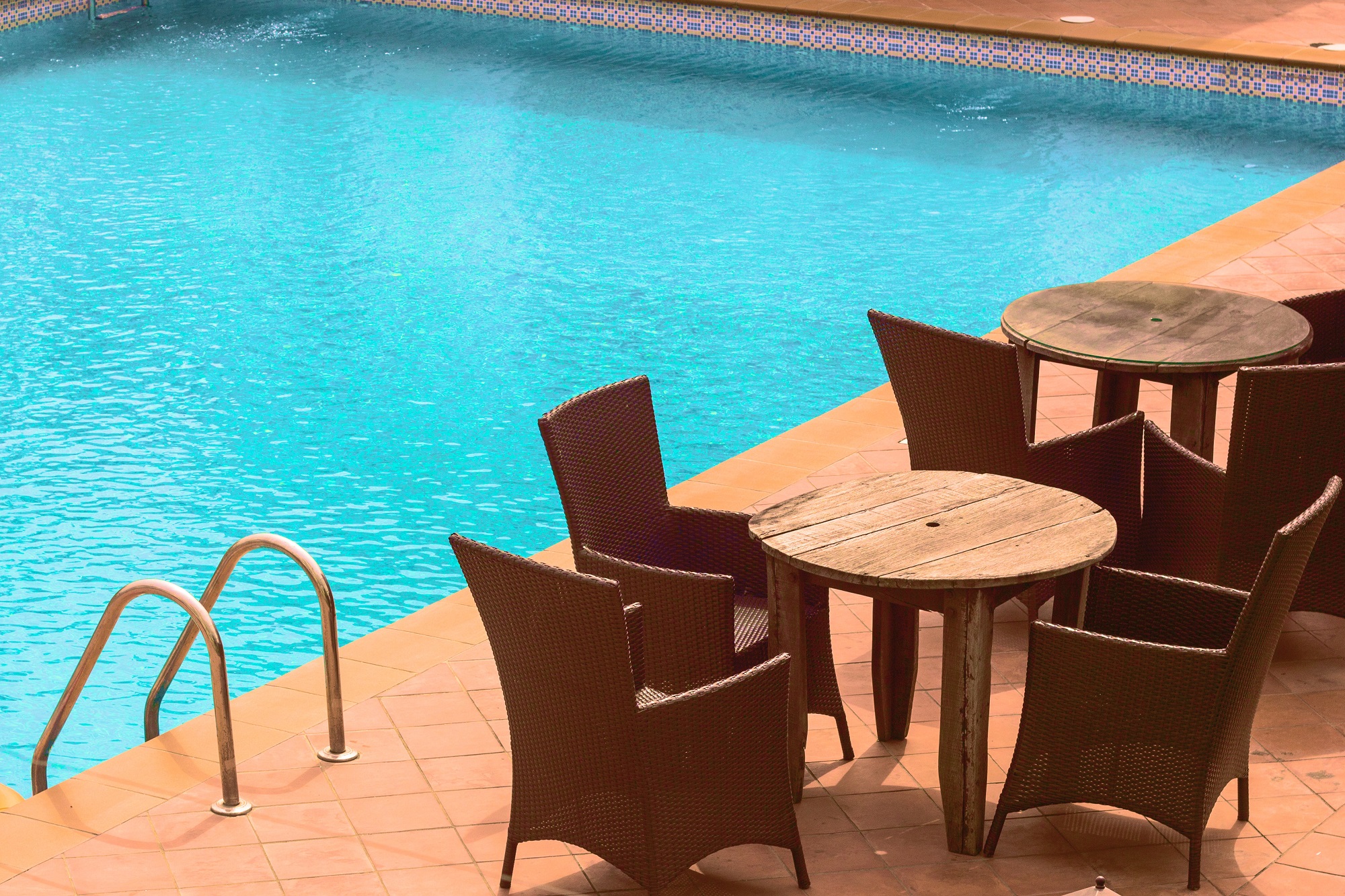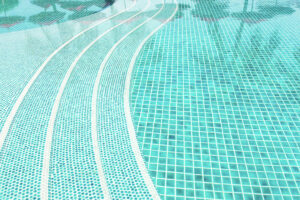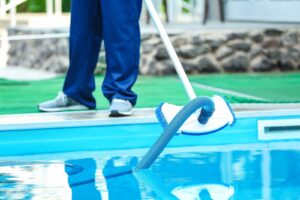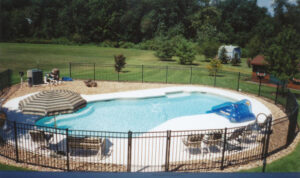Introduction
Pool technicians employ Pressure Testing for Pool Leaks as a crucial and effective method. It involves increasing the pressure inside the plumbing lines and observing for pressure drops. This process enables technicians to pinpoint leak locations and perform necessary repairs. In this guide, we will walk you through the step-by-step process, enhancing your understanding of this valuable technique for leak detection and resolution.
Step 1: Preparation for Pressure Testing for Pool Leaks
Before commencing the pressure testing procedure, it is important to ensure that all pool equipment, including the pump, filter, and heater, is turned off. This precautionary measure eliminates any potential interference during the testing process, ensuring accurate results.
Step 2: Blocking the Skimmer and Return Lines during Pressure Testing
To isolate the plumbing system for testing, the skimmer and return lines must be blocked. This can be accomplished by using plugs or other suitable blocking devices. By sealing off these lines, water entry into the plumbing system during the test is prevented, enabling a focused evaluation of the pressure within the system.
Step 3: Attach the Pressure Gauge
The next step involves connecting a pressure gauge to the pool’s main drain using a threaded adapter. The pressure gauge serves as the primary tool for measuring the pressure inside the plumbing lines. It provides real-time feedback, allowing technicians to monitor any fluctuations or deviations in pressure throughout the testing process.
Step 4: Increase the Pressure
Using a compressor or another compressed air source, the pressure inside the plumbing lines is gradually increased. Typically, the pressure is raised to around 20 psi (pounds per square inch). This elevated pressure creates optimal conditions for leak detection, ensuring that any existing leaks will become evident during the testing.
Step 5: Monitor the Pressure Gauge
Once the pressure has been increased, close attention should be given to the pressure gauge. Technicians carefully observe the gauge, looking for any sudden or significant drops in pressure. A noticeable drop in pressure indicates the presence of leaks within the plumbing system.
Step 6: Identifying Leak Locations through Pressure Testing
Upon detecting a drop in pressure, the focus shifts to identifying the exact locations of the leaks. Various methods can be employed to pinpoint the source of the leaks, including using dye tests or specialized leak detection equipment. These techniques enable technicians to accurately locate and mark the problematic areas that require immediate attention.
Step 7: Repair the Leaks
With the leak locations identified, the pool technician can proceed with the necessary repair work. Depending on the nature and severity of the leaks, repairs may involve replacing broken pipes, tightening fittings, or applying sealants and adhesives. Swift action ensures that the plumbing system is restored to its optimal condition, minimizing water loss and potential damage.
Step 8: Re-Test and Verify
After completing the repair work, the plumbing system undergoes a re-test to verify that the pressure remains stable and that no additional leaks are present. This final assessment provides assurance that the repairs were successful and that the pool is once again leak-free and fully operational.
Conclusion
In conclusion, pressure testing is a highly reliable and effective method for detecting and resolving leaks in a swimming pool’s plumbing system. By following the step-by-step process outlined in this guide, pool technicians can accurately identify leak locations and initiate the necessary repairs promptly. Pressure testing allows for efficient leak detection, reducing water loss, and preventing potential damage to the pool and surrounding areas. If you suspect a leak in your pool, it is recommended to seek the expertise of a professional pool technician who can perform pressure testing and implement appropriate solutions to address the issue effectively. By conducting regular pressure tests and promptly addressing any leaks, you can ensure the long-term integrity and functionality of your swimming pool
.





No comment yet, add your voice below!